
The painting was painted by the painter exclusively for commercial purposes and is decorative. It is more like a plane drawing.
The plot works unpretentious. The image does not carry any meaning. It is rather a concession to the tastes of the public, which at that time was keen on oriental art. Claude Monet’s wife, Camilla Donsier, acted as the Japanese. She has a light wig on her head, the pose is very expressive, despite its static nature, and is visually balanced by a carefully drawn image of a samurai on a kimono.
Elegant attire, embroidered in gold, written by the artist so skillfully that it seems real. The bright red color, traditional for the Japanese costume, contrasts with the snow-white porcelain face of the model and attracts the viewer’s eye, but at the same time makes the picture somewhat heavier. Unlike most other works of Monet, this canvas is not so saturated with light.
Fans that adorn the wall are not only decorative. They complement the image, giving the picture the necessary oriental flavor. The floating shuttles depicted on them, female profile, birds and landscapes are typical Japanese symbols. The girl is almost merged with colorful drawings, although the background is somewhat shaded and muted.
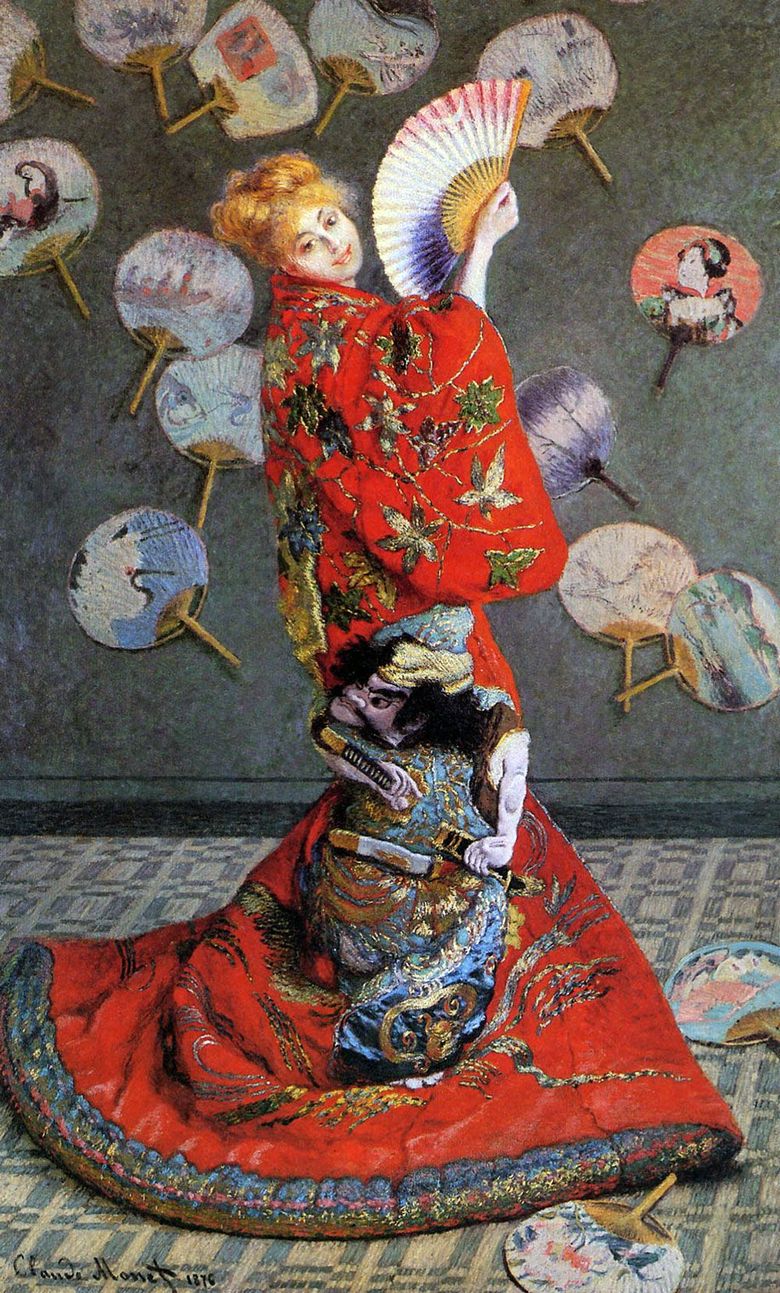 Japonais (Camilla Monet en costume japonais) – Claude Monet
Japonais (Camilla Monet en costume japonais) – Claude Monet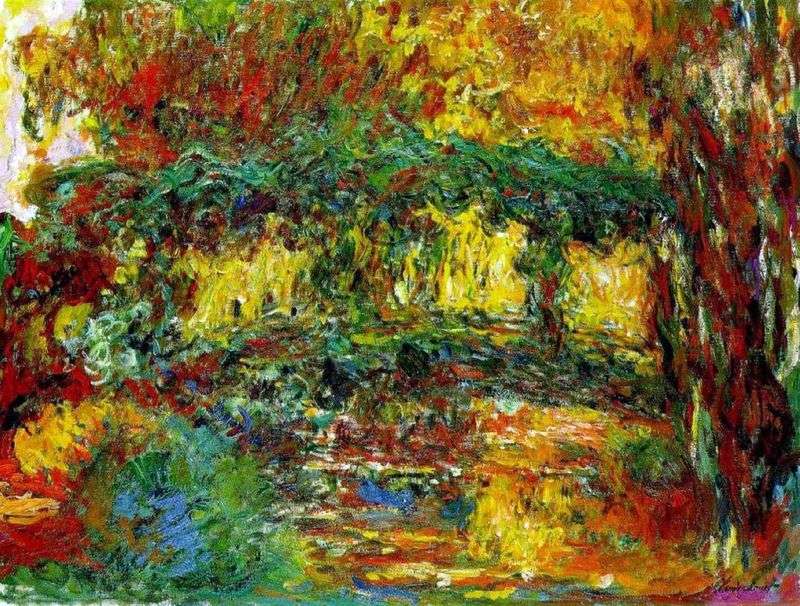 Japanese Bridge by Claude Monet
Japanese Bridge by Claude Monet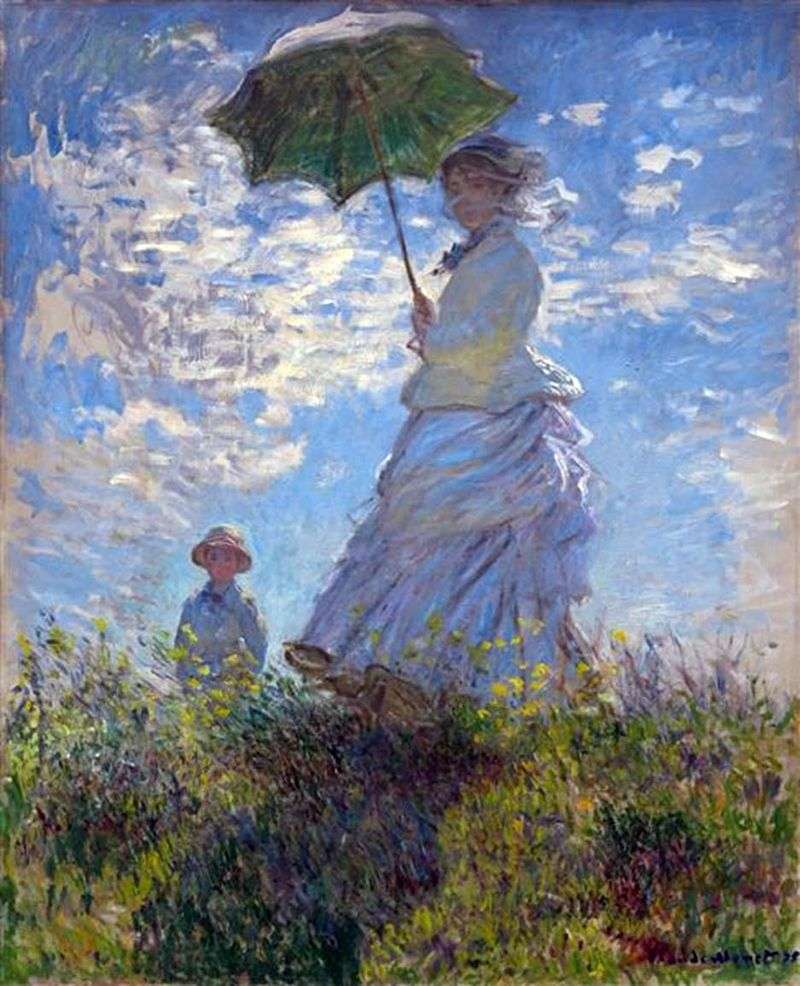 Walk: Camilla Monet with her son Jean by Claude Monet
Walk: Camilla Monet with her son Jean by Claude Monet Woman With A Parasol by Claude Monet
Woman With A Parasol by Claude Monet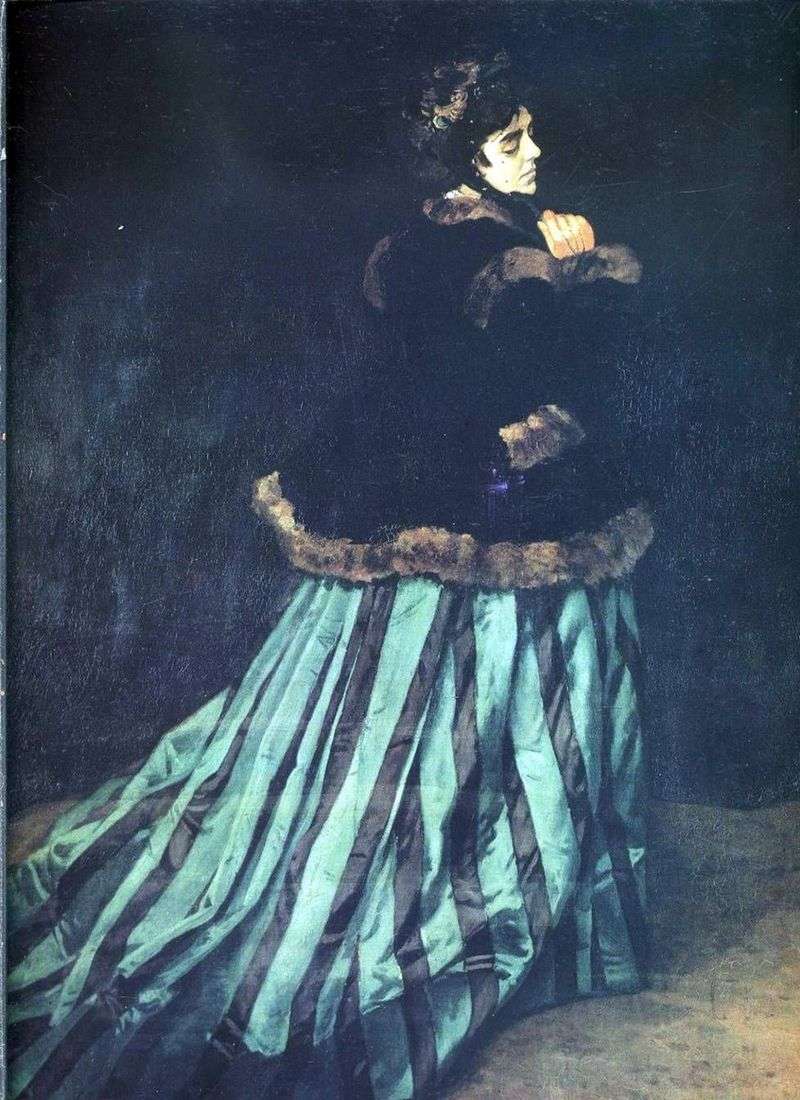 Camilla (Woman in Green Dress) by Claude Monet
Camilla (Woman in Green Dress) by Claude Monet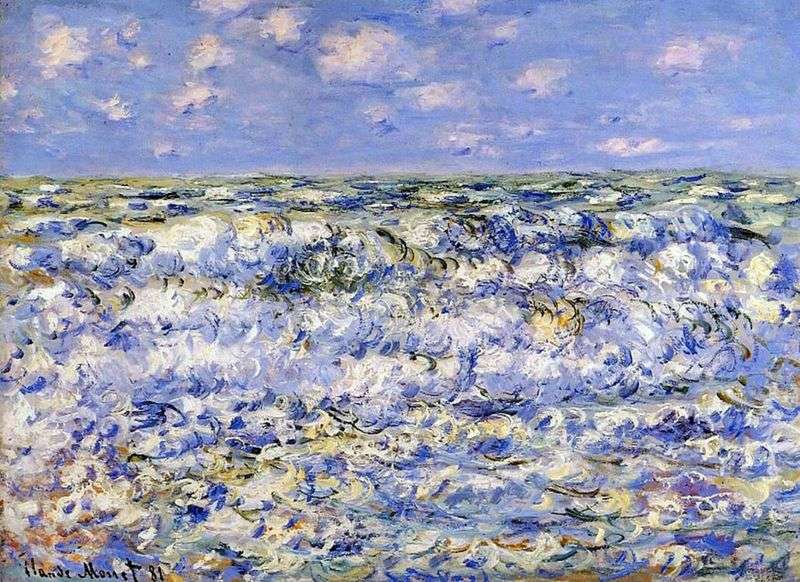 Breaking Waves by Claude Monet
Breaking Waves by Claude Monet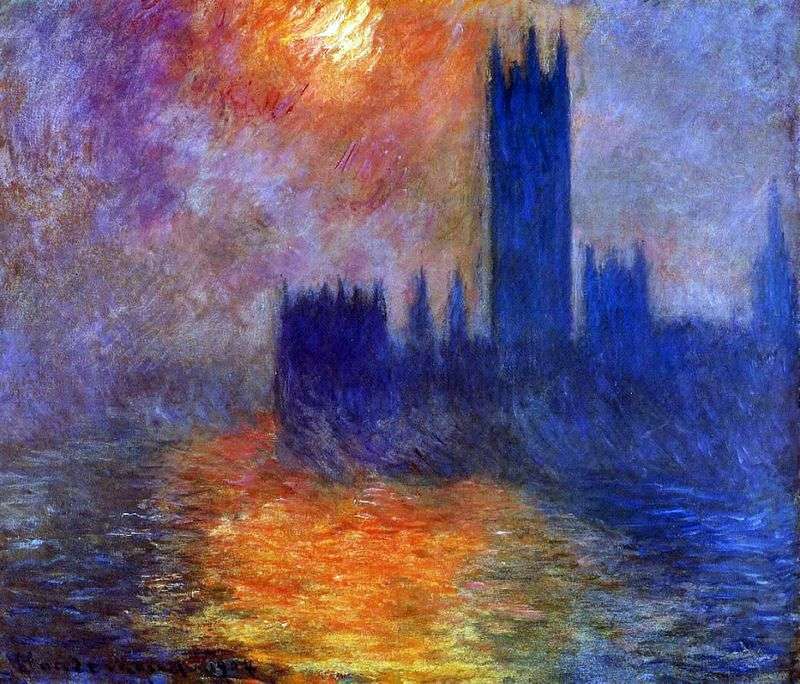 Houses of Parliament in London. Sunset by Claude Monet
Houses of Parliament in London. Sunset by Claude Monet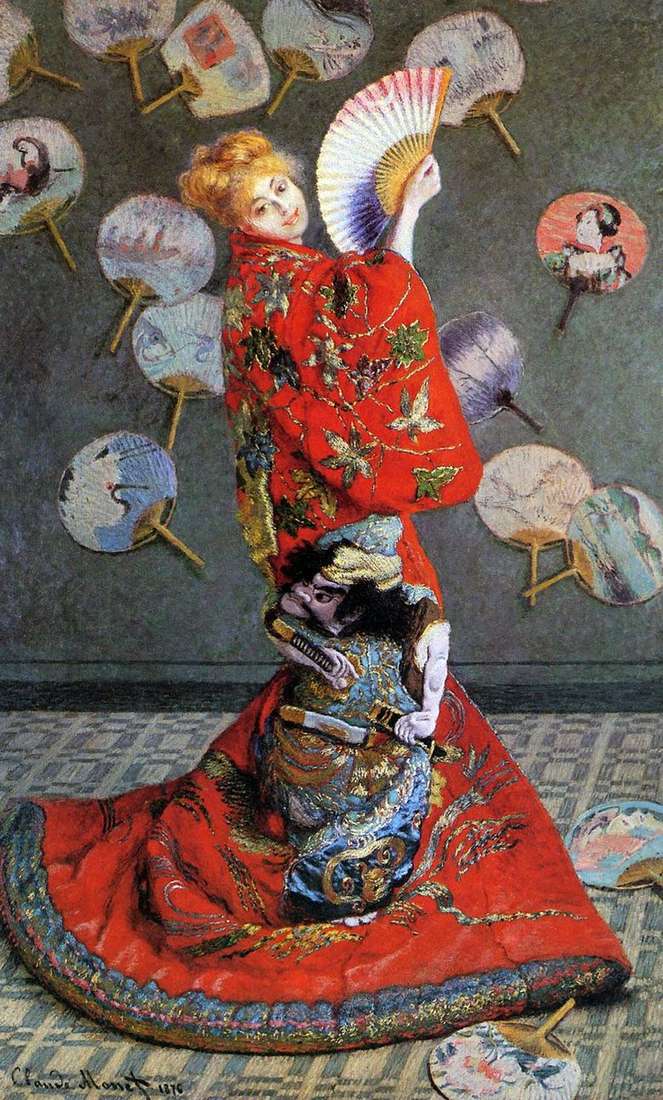 Mujer japonesa (Camilla Monet en traje japonés) – Claude Monet
Mujer japonesa (Camilla Monet en traje japonés) – Claude Monet